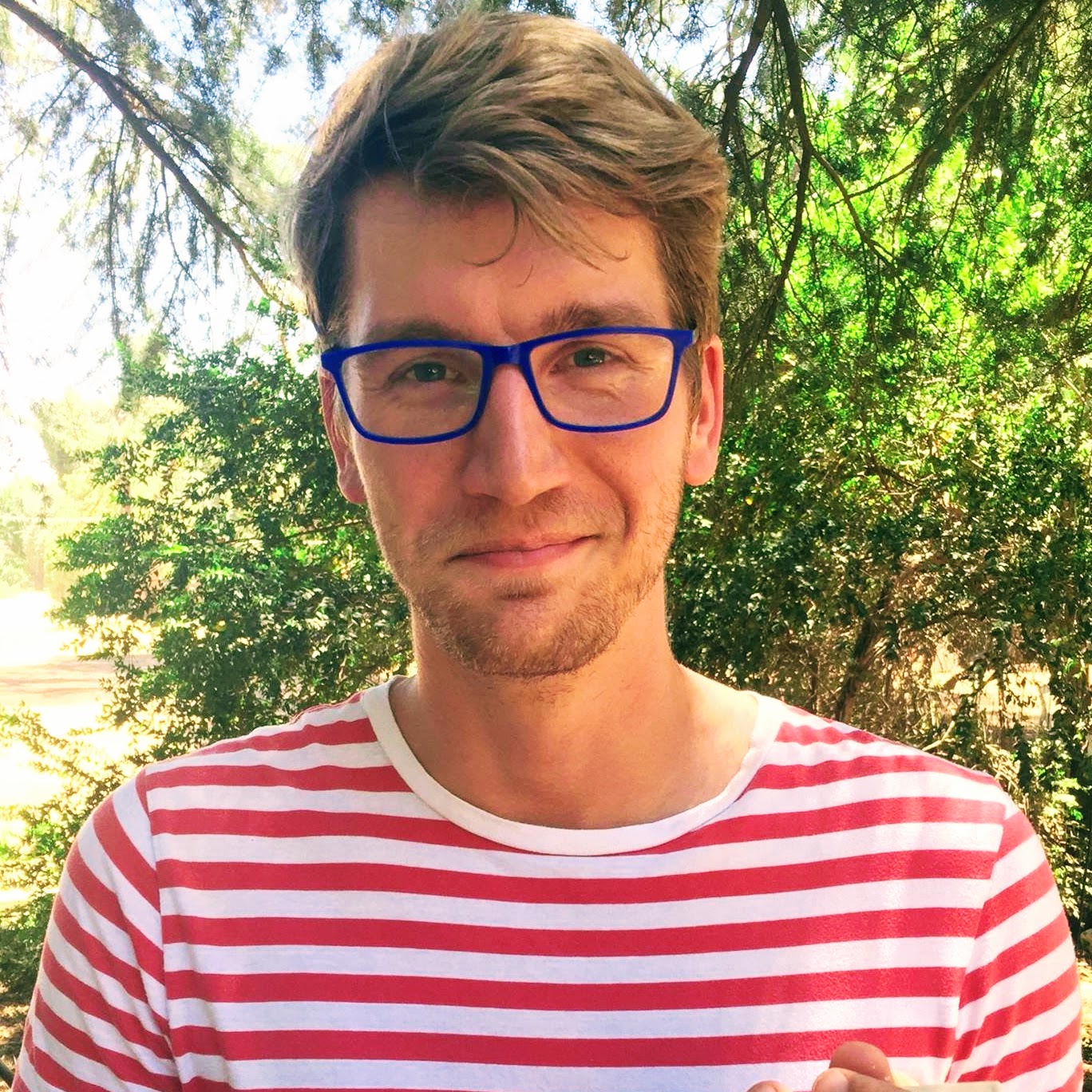River cane Propagation and Genetics

When most people think of bamboo, their minds jump to Asia, but there are actually many species of bamboo that are native to North and South America, Africa, and Australia. There are even a few species that grow naturally in the United States.
The focus of my master’s degree research project was one of these American bamboos called river cane (Arunindaria gigantea). River cane once covered much of the American southeast, but in the last 200 years there has been a massive loss of river cane populations. These populations, called canebrakes, occur along rivers and often serve as riparian buffers, preventing erosion, absorbing nitrogen runoff, and serving as a unique habitat for many birds and insects. There is much interest in restoring river cane populations, but several problems complicate this. River cane produces seeds very infrequently and unpredictably, so this is not a reliable source of new river cane for restoration. Additionally, although river cane (like many bamboos) spreads rapidly by underground rhizomes, harvesting rhizomes for restoration is labor intensive, logistically difficult, and potentially destructive to existing canebrakes. Another major problem is that very little is known about the genetic diversity of river cane populations. Would it be sustainable to create new populations strictly of clones or what amount of genetic diversity is necessary to recreate a typical canebrake? To begin to address these issues, my master’s project had two main questions:
- What are the levels of genetic diversity in river cane populations?
- Can tissue culture (micropropagation) be used to provide a consistent supply of river cane propagules?
My final master’s thesis is available for download here. I was able to answer both questions that I proposed for this project. In brief, the river cane populations I analyzed were dominated by one large clone with a few other genetically distinct individuals mixed in. Using tissue culture, I was able to multiply river cane shoots, but I was unable to induce rooting.
Current Work
One of my study populations gave me genetic information that was inconsistent with morphological information. Chasing this inconsistency has led me to collaborate with Jimmy Triplett and Lynn Clark to examine patterns of speciation in the genus Arundinaria.
I am currently working to analyze genetic data I’ve generated from plants across the United States in order to finalize this project for publication.
